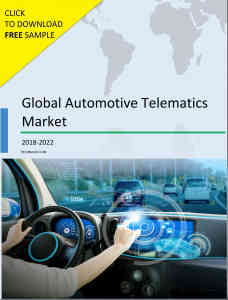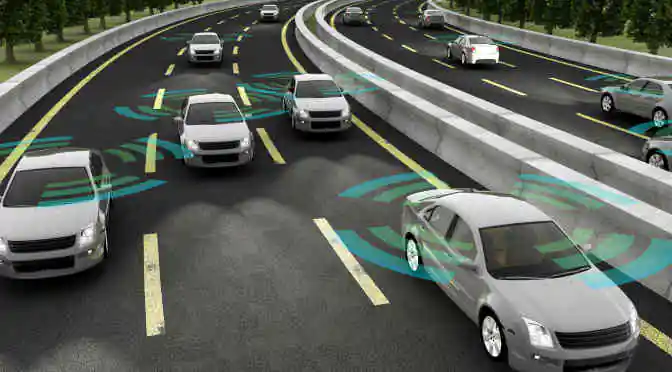As today’s cars and trucks become saturated with cutting-edge sensors and increased connectivity, they are generating a tremendous amount of data with every passing second. From recording in-vehicle infotainment preferences to storing desired navigation routes, today’s connected cars have become mobile data centers on wheels. Indeed, modern automotive telematics systems are doing a fine job of analyzing driving styles and providing comprehensive feedback to both drivers and managers in real time.
 The idea of connected driving, also known as telematics, is fast becoming a reality and is on a path to mainstream popularity that could truly redefine the global automotive industry. Consequently, in the U.S., the number of connected cars is expected to reach 32 million by 2020, according to an influential market research initiative.
The idea of connected driving, also known as telematics, is fast becoming a reality and is on a path to mainstream popularity that could truly redefine the global automotive industry. Consequently, in the U.S., the number of connected cars is expected to reach 32 million by 2020, according to an influential market research initiative.
Smart sensors are the basic units of automotive telematics
Telematics is opening the road to smart transportation, bringing autonomous driving closer to reality. Today, a vehicle coming off the production line might have around 30 to 90 electronic modules controlling diverse systems, from airbags, to seating positions, to brakes and entertainment. According to the latest research, by 2020, an automobile will likely be equipped with over 200 sensors and a telecommunication segment for transmitting driver, vehicle and geospatial data.
However, an ecosystem of connected vehicles and a vast number of sensors will require more than just electronics and hardware. Building a telematics infrastructure will require data storage capacity, cloud infrastructure, a well-designed human-machine interface (HMI), telecommunications networks and integration with third-party applications so that customers can easily interact with the telematics system.
Telematics equates to big opportunities for OEMs
Rapid advancement and innovation in telematics and human-machine interface design promise not only to deliver better driving experiences, but also benefits across the automotive ecosystem and beyond. Telematics connected cars bring tremendous opportunity for auto manufacturers to differentiate their products and services.
Through a telematics device, car manufacturers can reduce costs as well as cycle times for new models. Not so long ago, it would take over five years to get a new car model from the concept stages to sales. Today, automakers can potentially shorten design timeframes by analyzing the real-time performance data of crucial components such as engines, thanks to the data derived from millions of cars that are appended with telematics units.
Car manufacturers can also ensure additional savings using automotive telematics systems to learn which component of the vehicle is failing and why, thereby significantly reducing recalls. They can evaluate suppliers and parts on a daily or hourly basis– even in real time- rather than responding to statistical reports per the review. Further, manufacturers can gain data on how components operate under different circumstances and hold suppliers accountable for deficiencies pertaining to specifications and performance levels.
Telematics’ role in allied industries
Forward thinking companies outside the auto industry are also reaping the benefits and opportunities offered by connected vehicles. Using telematics data, early adopters in the insurance sector are setting up policy rates based on how fast, how far and under what conditions an individual drives. Additionally, retailers, entertainment providers, and restaurants can also leverage intelligence on driver preferences and locations to allocate context and content-appropriate offers.
Safety takes centerstage with automotive telematics
Automotive telematics will introduce a convergence of numerous connected processes. Auto manufacturers can benefit immensely by not limiting these innovations to the fundamental capabilities of the technology. Connected car manufacturers will be in a position to monetize their investments more efficiently by targeting demographic-specific telematics features, applying machine learning techniques to telematics-generated data, and enabling cars to be part of an intelligent transportation network.
In the future, four telematic forces will transform the experience of everyone partaking in the automotive industry: communication between automotive instruments and road systems, instructions from voice command, transmission of global positioning data, and a range of data feeds from social media, mobile devices, and local businesses.
Automotive manufacturers who fully embrace telematics will be able to improve product quality, strengthen customer relationships with the brand, and streamline business operations. Automotive telematics is undoubtedly a road ahead to competitive advantage and higher profitability for auto manufacturers, telematics companies, and other stakeholders in the global automotive ecosystem.



